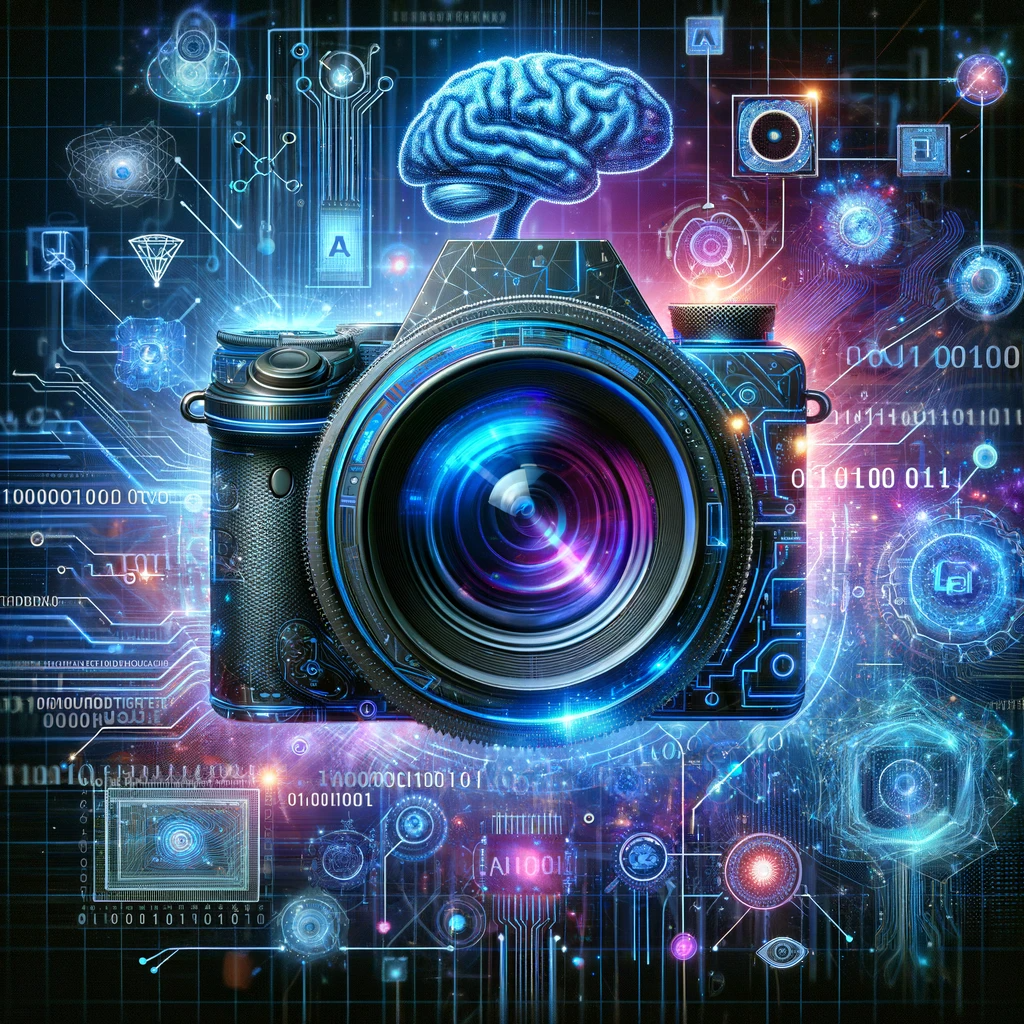Introduction
In the ever-evolving landscape of digital technology, the intersection of artificial intelligence (AI) and photography has ushered in a groundbreaking era for digital imagery. This fusion is reshaping the realm of visual storytelling, offering unparalleled opportunities and posing unique challenges. This article delves into the multifaceted relationship between AI and photography, exploring its impacts, innovations, and future prospects.
1. The Dawn of AI in Photography
The integration of AI into photography marks a significant milestone. AI algorithms are now capable of enhancing image quality, automating editing processes, and even generating realistic images from textual descriptions. The roots of this integration lie in the increasing computational power and the development of sophisticated neural networks.
1.1 Enhancing Image Quality
AI-driven software has revolutionized image processing. Technologies like Adobe Photoshop’s ‘Enhance Details’ feature utilize machine learning to improve image resolution and clarity. This is particularly beneficial in low-light photography, where AI algorithms can reduce noise and enhance details that were previously indiscernible.
1.2 Automating Editing Processes
AI tools have simplified the once labor-intensive process of photo editing. Applications like Skylum Luminar leverage AI to automatically adjust colors, contrast, and exposure, tailoring edits to the specific requirements of each image. This automation not only saves time but also enables photographers, regardless of their editing skill level, to achieve professional-grade results.
2. AI-Generated Imagery
The advent of AI-generated imagery has been one of the most controversial yet fascinating developments in the field. AI, through generative adversarial networks (GANs), can create realistic images that are indistinguishable from photographs taken by cameras.
2.1 Understanding GANs
GANs consist of two parts: a generator that creates images and a discriminator that evaluates them. Through continuous iterations, the generator learns to produce increasingly realistic images. This technology has profound implications, from creating art to generating training data for other AI models.
2.2 Ethical and Creative Implications
While AI-generated imagery opens new creative avenues, it also raises ethical questions. The ease of creating realistic images poses risks of misinformation and digital forgery. It is imperative for creators and consumers to develop a discerning approach to AI-generated content.
3. AI in Photography Equipment
AI is not only present in software but is increasingly embedded in photography equipment. Modern cameras and smartphones come equipped with AI-driven features that enhance the photography experience.
3.1 Smart Cameras
Smart cameras use AI to optimize settings based on the shooting environment. Features like scene recognition and autofocus tracking are made possible through AI algorithms, enabling photographers to capture high-quality images in a range of conditions.
3.2 AI in Smartphone Photography
Smartphone photography has been particularly transformed by AI. Features like portrait mode, night sight, and AI-enhanced editing apps have democratized professional-quality photography, making it accessible to a broader audience.
4. The Future of AI in Photography
As we look towards the future, AI’s role in photography is poised to expand further. This expansion will likely include more intuitive editing software, advanced AI in cameras, and perhaps even AI-curated photography exhibitions.
4.1 Predictive Editing Software
Future AI-driven editing software could predict and suggest edits based on the photographer’s style, taking personalization to a new level. This could drastically reduce editing time and allow photographers to focus more on capturing moments.
4.2 Advanced AI Cameras
Camera technology will continue to evolve, with AI playing a central role in advancing features like real-time HDR processing and intelligent subject tracking. These advancements will enhance the capabilities of both professional and amateur photographers.
4.3 AI in Photographic Artistry
AI is set to make a significant impact in the world of photographic art. AI-generated art exhibitions and collaborations between human photographers and AI systems are likely to become more prevalent, pushing the boundaries of creativity and artistic expression.
Conclusion
The intersection of AI and photography is more than a mere technological advancement; it is a paradigm shift in how we capture, process, and perceive images. As this synergy continues to evolve, it presents a plethora of opportunities for innovation, creativity, and exploration in the realm of digital imagery. Embracing this new era involves recognising the potential of AI while being mindful of its challenges, ensuring that this powerful tool augments human creativity rather than replacing it. This exciting convergence is not just transforming photography; it is redefining the very essence of visual storytelling in the digital age.
